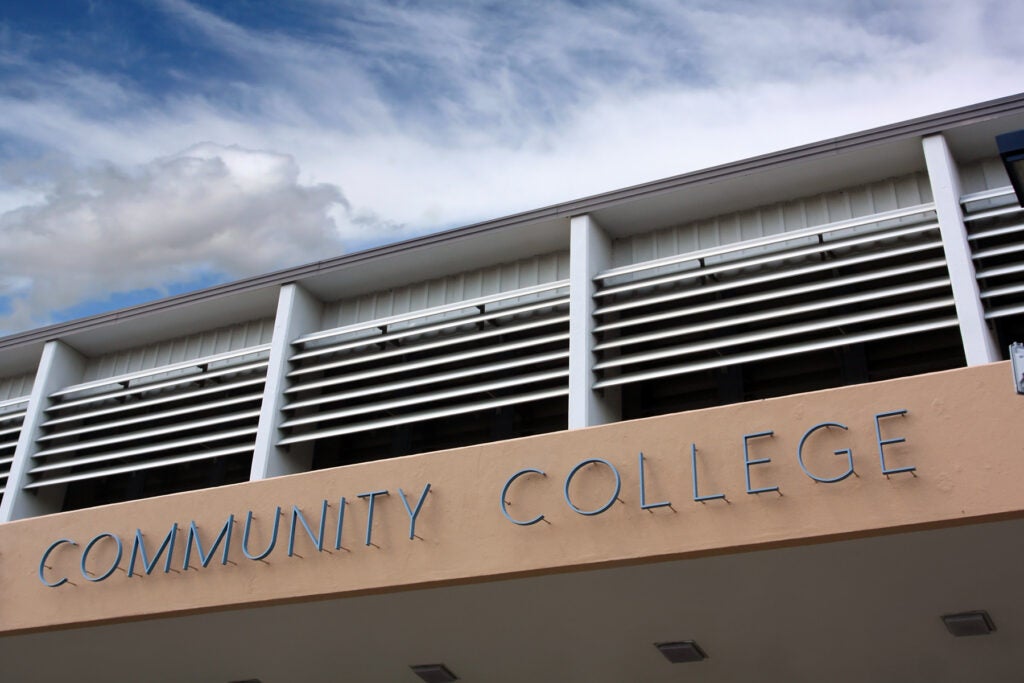Written by Cameron Seay, Ph.D. – Adjunct Instructor, East Carolina University & Chair of the Open Mainframe Project COBOL Working Group
This content was originally published on the ASG Technologies’ blog.
Where and Why Should Mainframe Education Make Its Comeback?
In my first two posts, I gave an overview of mainframe education in the US and offered some explanation of why it has all but disappeared from the college curriculum. In this post I will make recommendations of how mainframe education can be returned to the US college curriculum, and why it should be.
As I have explained, mainframe education has disappeared from universities and colleges for clearly identifiable reasons. I don’t see it making a comeback to the major schools in the foreseeable future.
But there are two places where I feel mainframe education can and should find a home:
- The Historically Black Colleges and Universities (HBCUs)
- Community colleges
Let’s begin with why this needs to happen.
It is unarguable that mainframe technology—specifically IBM System Z—is essential to the global economy. A majority of commercial transactions are processed by this technology (most estimates are higher than 80%), and most of the world’s transactional data is stored on it (most estimates are over 60%). The technical reasons for this are fairly straightforward: there is no other technology that can handle the transaction workload required by banks, large retailers and large government agencies, and there is no technology on the horizon to replace the mainframe in these tasks.
But the mainframe workforce is aging. Many shops I know of have half or more of their staff eligible for retirement. And because very few schools teach mainframe, and almost no students have even heard of it, a serious problem is looming over the global economy.
The Case for HBCUs to Teach Mainframe
HBCUs were created because of racial segregation in America, but they have helped to educate millions of African Americans over the past 100 years. Because of the very segregation that created them, HBCUs traditionally had the best and brightest students of the African American community and became centers of intellectual development. With the advent of integration, however, HBCUs have struggled to maintain their enrollments. Most are understaffed and under-resourced. This has created a competitive disadvantage vis-à-vis the larger, richer school. There is a common perception, held mostly by people that know nothing about them, that students at HBCUs receive an inferior education.
I have seen mainframe provide a wonderful antidote to this toxic misconception. I have taught mainframe at four HBCUs, and the result was the same: unprecedented placement and the recognition of companies that previously did not recruit on their campuses. But, at each campus, the shortsightedness of the administration lead to the elimination of the mainframe programs despite their success. Mainframe placement at each, once a source of pride, came to a screeching halt. But this does not have to be the case.
Because of numerous resources IBM makes available, mainframe programs are relatively easy to set up. I have a list of credentialed faculty ready and willing to teach mainframe remotely, which I have done at all five campuses I have taught the technology. This addresses the issue that some administrators raise about their faculty not having expertise in the subject. The only impediment for any HBCU to teach mainframe is simply their unwillingness to do so. As for the legendary difficulty of getting new classes in the curriculum, at each of the four HBCUs I have taught we have used the “Special Topics” course, which all academic departments have, to get the course on the books.
What makes this pushback I have encountered even more unreasonable is the disproportionate amount of student loans held by alums of HBCUs. Their students graduate from technology programs all too often unable to find jobs that will allow them to pay back their student loans. It simply makes no sense.

The Case for Community Colleges to Teach Mainframe
As for community colleges, the case is even more straightforward because community colleges exist expressly to provide job opportunities for their students. I have not seen the same resistance from community colleges; it’s just that too few people have tried to implement mainframe education at them. One of my current teaching engagements is at a community college in North Carolina. My department head has expressed a willingness to pursue putting mainframe classes in the curriculum, and, hopefully, in the next academic year we will do so.
The companies using mainframe would be well advised to invest heavily in both the HBCUs and the community colleges to make mainframe education a firm fixture in the US college curriculum. Mass retirements are on the horizon (for some companies they are already here). The day of reckoning is unavoidable. Some companies have seen this coming for years now and have been taking preemptive steps to soften the blow. But they are in the decided minority. At present, I see no mass effort in this direction on the part of industry.
If the future of mainframe education in US colleges is questionable, are the colleges the only way to expose a new generation to the mainframe? In my next blog, I will look at extra-curricular methods industry is using to onboard the next generation of mainframers.
